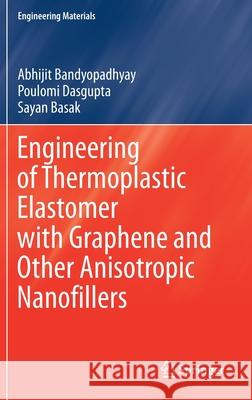Engineering of Thermoplastic Elastomer with Graphene and Other Anisotropic Nanofillers » książka
topmenu
Engineering of Thermoplastic Elastomer with Graphene and Other Anisotropic Nanofillers
ISBN-13: 9789811590849 / Angielski / Twarda / 2020 / 227 str.
Engineering of Thermoplastic Elastomer with Graphene and Other Anisotropic Nanofillers
ISBN-13: 9789811590849 / Angielski / Twarda / 2020 / 227 str.
cena 605,23
(netto: 576,41 VAT: 5%)
Najniższa cena z 30 dni: 578,30
(netto: 576,41 VAT: 5%)
Najniższa cena z 30 dni: 578,30
Termin realizacji zamówienia:
ok. 22 dni roboczych.
ok. 22 dni roboczych.
Darmowa dostawa!
Kategorie:
Kategorie BISAC:
Wydawca:
Springer
Seria wydawnicza:
Język:
Angielski
ISBN-13:
9789811590849
Rok wydania:
2020
Wydanie:
2020
Numer serii:
000089500
Ilość stron:
227
Waga:
0.54 kg
Wymiary:
23.39 x 15.6 x 1.6
Oprawa:
Twarda
Wolumenów:
01
Dodatkowe informacje:
Wydanie ilustrowane











